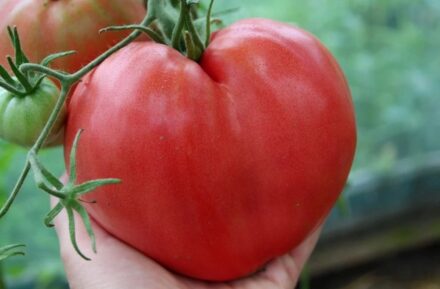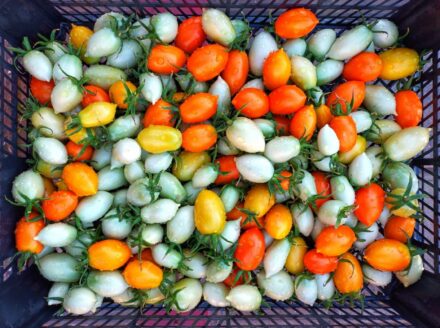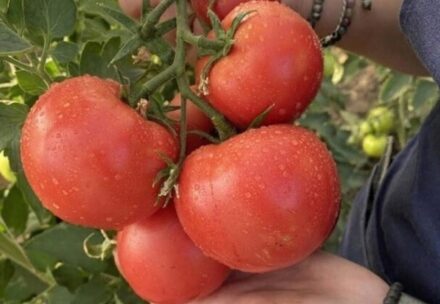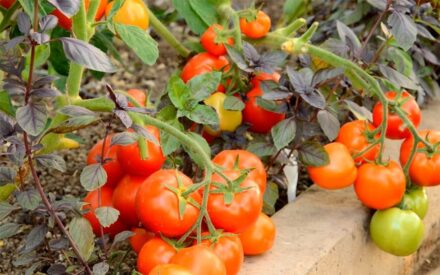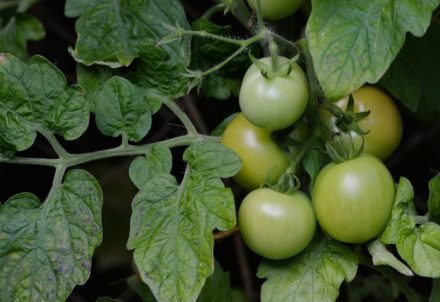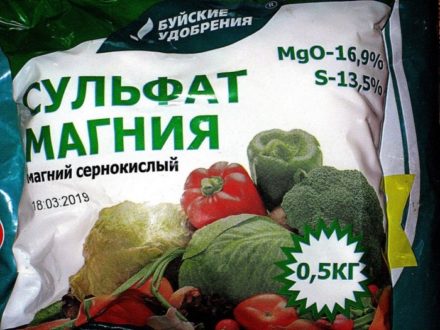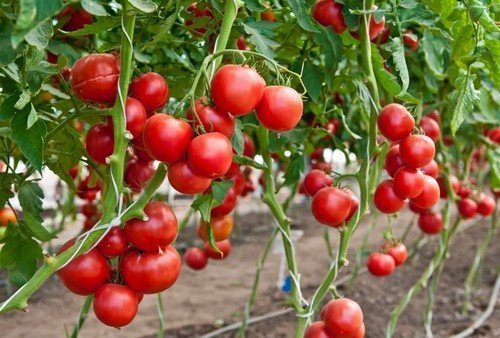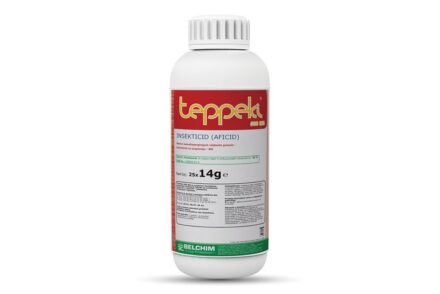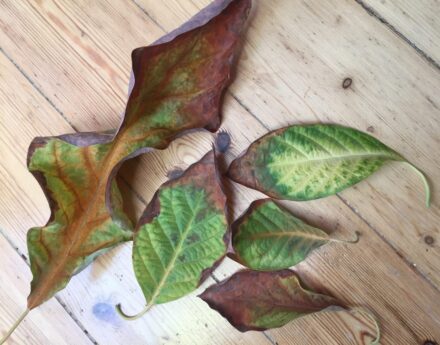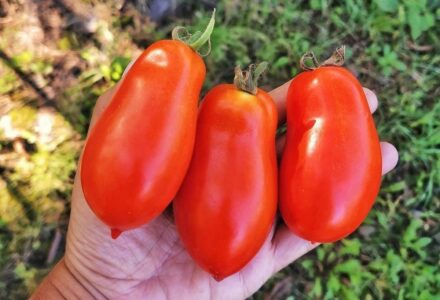The Mongolian Dwarf tomato has recently been approved for use. And although the variety has not yet been entered into the state register, the fruits have received many positive reviews. Even with minimal care, a good harvest of tomatoes is guaranteed, which are suitable for fresh eating, canning, freezing, juicing, and other needs.
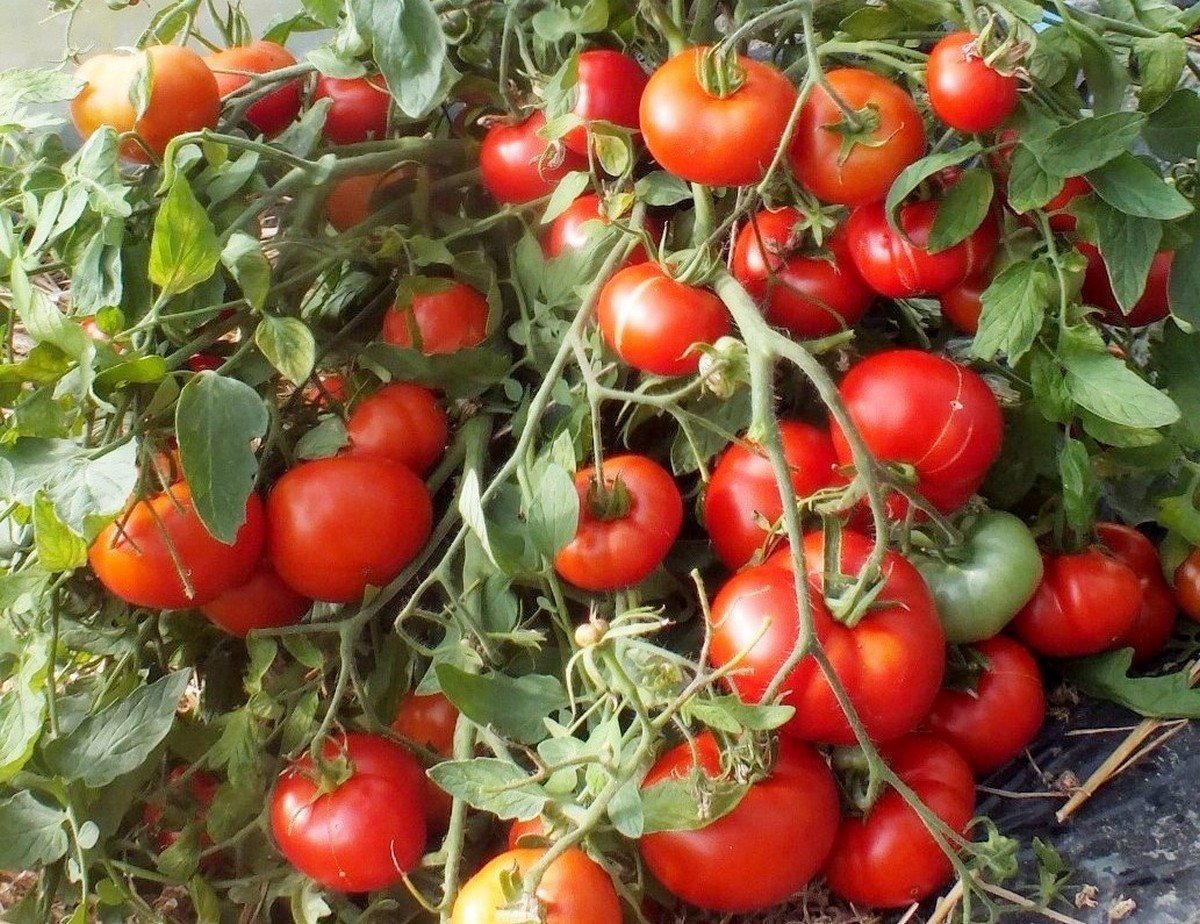
- History of selection
- Description and characteristics
- Photo
- Productivity
- Resistance to pests and diseases
- Methods of application
- Agricultural technology
- How to plant
- Growing
- Harvesting
- Advantages and disadvantages
- Reviews
History of selection
The author of the “Mongolian Dwarf” variety is a scientist from Novosibirsk, breeder Blokin-Mechtalin V.I. The variety has been approved for use since 2020. Recommended regions for cultivation: Western Siberia and the Far Eastern Federal District, the Northern Caucasus and the Central Black Earth Region, the Central Black Earth, Volga-Vyatka, Middle Volga, Lower Volga regions, Northwestern Federal District.
The variety has several other names: “Lazy Favorite”, “Mongol Tomato”, “Mongol Dwarf”, “Creeping Tomato”. This is one variety, called differently in regions.
Due to the fact that the variety has not yet been included in the State Register, problems arise with the purchase of seeds. Only a few companies sell real varietal seeds. As a result, gardeners sometimes purchase fakes. This leads to disappointment in the variety.Therefore, you should not rush to purchase planting material if you are not confident in the honesty of the company.
Description and characteristics
The main feature of the variety is its small growth and non-standard shape. Low bushes have a spreading structure, thick and lush green mass. Stems are inclined, fragile. The main part of the shoots spreads along the ground, therefore the species is considered creeping.
The root system is developed, but superficial. Moreover, the roots are well intertwined with the soil. This makes it possible for the bush to remain in place in strong winds.
During the development process, the plant forms several full-fledged shoots touching the ground. Strong and strong, with slight pubescence. Then branched stepsons appear on them. With good care, the diameter of the bush can reach 100 cm.
The fruits set immediately after planting, until the first frost. Fruit clusters appear on top of the stepsons. It is for this reason that stepsoning is not carried out. Each cluster grows up to 6–7 fruits, with excellent taste and appearance without rotting or cracking.
| Main characteristics | |
| Type, type of bushes | Determinate, 20–30 cm high, up to 1 m wide |
| Growing season | Early variety, up to 80 days |
| Stems | Thin, fragile, creeping |
| Root system | Shallow |
| Leaves | Narrow, medium length, green with pubescence |
| Fruit | Round, neat shape. The skin is loose, with a bright red tint, the flesh is tender |
| Weight of tomato | 130–200 g |
| Taste | Standard – tomato (sweet and sour) |
| Productivity | 10 kg per bush |
| Place of cultivation | Open ground; greenhouses |
Tomatoes of the Mongol dwarf variety are planted in a well-lit area, protected from the winds. Placement of seedlings in two rows.Leave 0.5–0.6 m between bushes and rows. The depth of the planting hole is 2–3 cm greater than when growing seedlings in a container.
The variety is not afraid of hurricane winds, is drought-resistant, and calmly reacts to cold and stress, and any weather disasters. But during frosts, shelter is required. Does not require pinching or gartering.
Photo
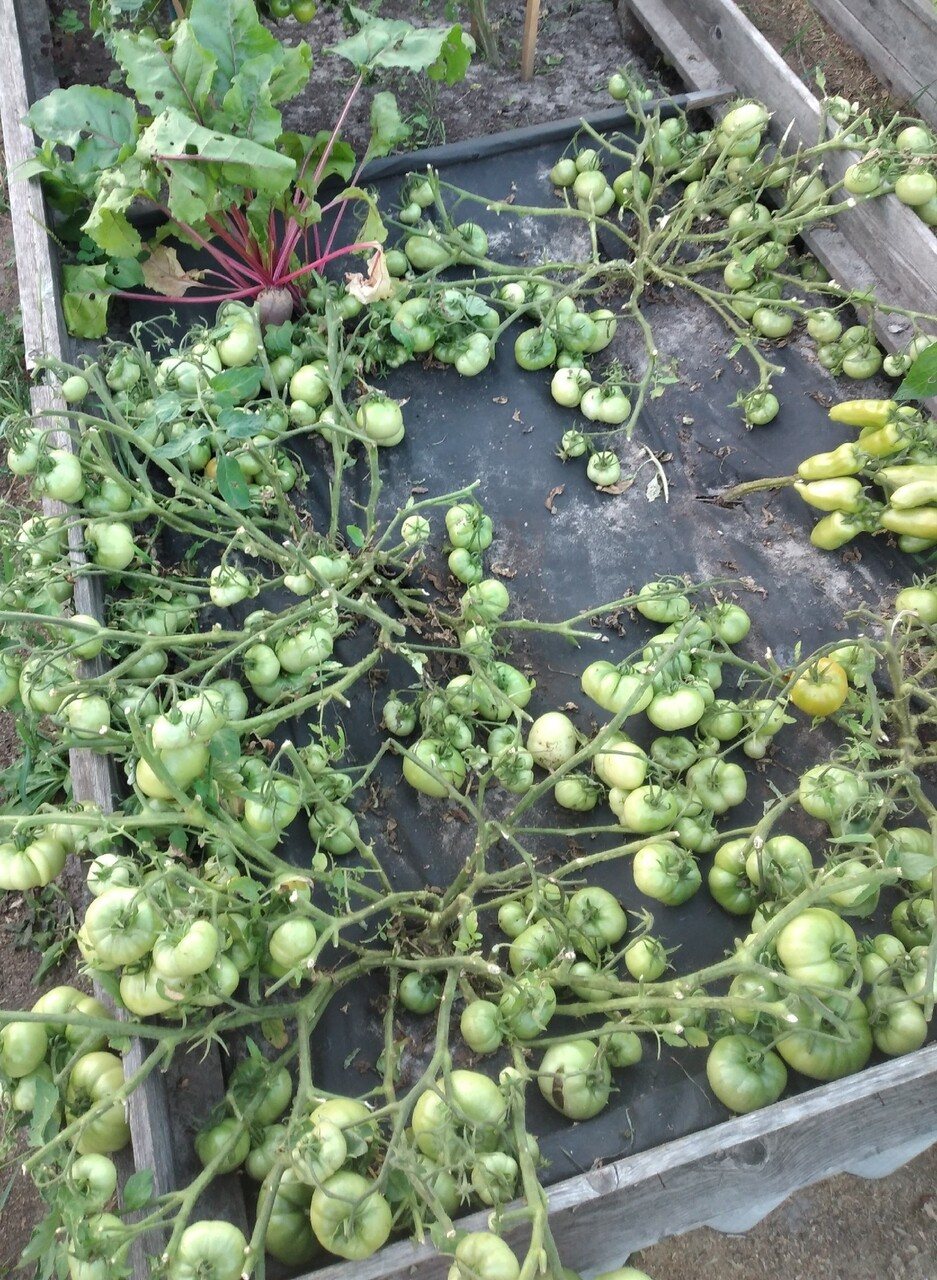
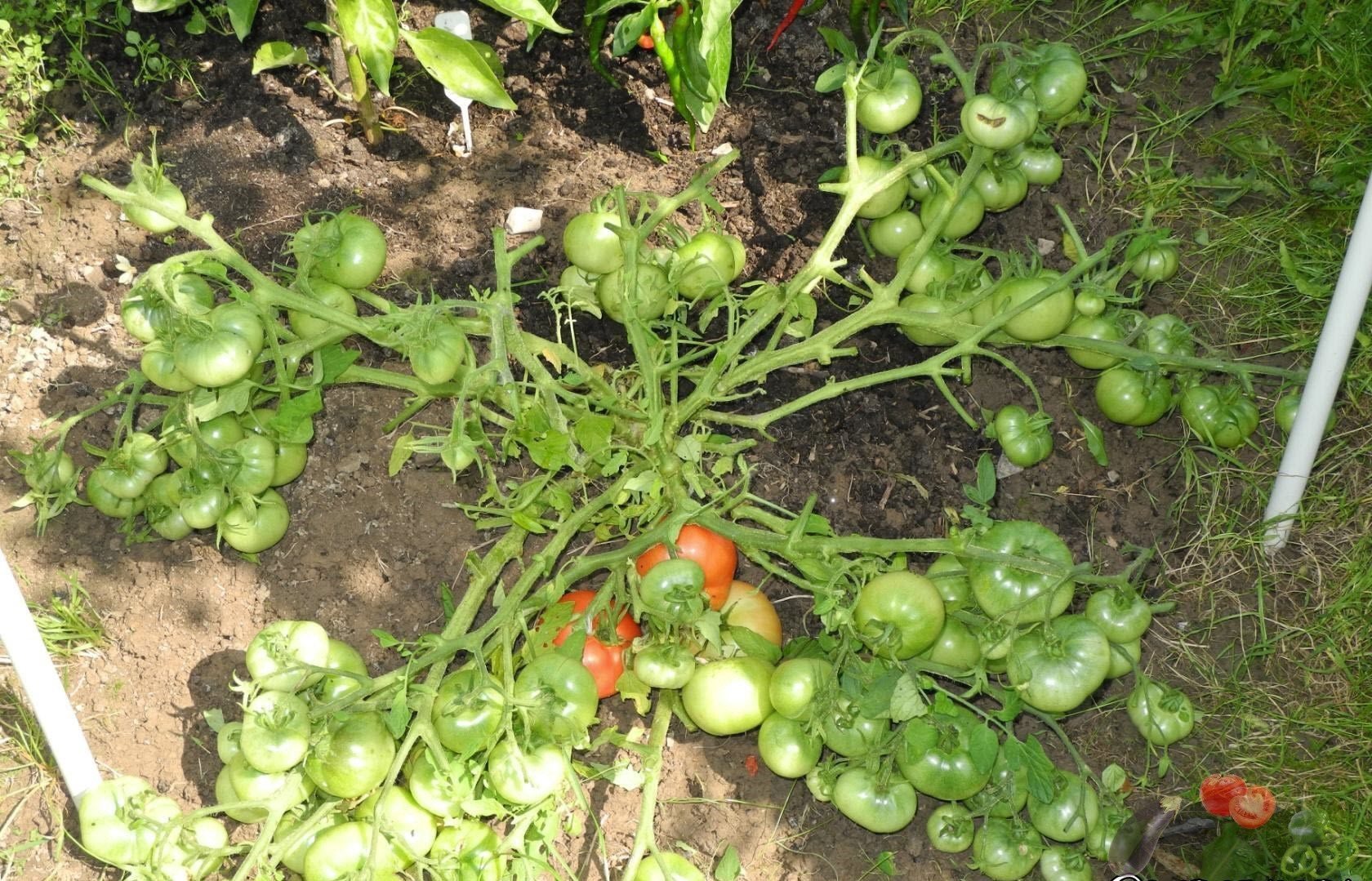
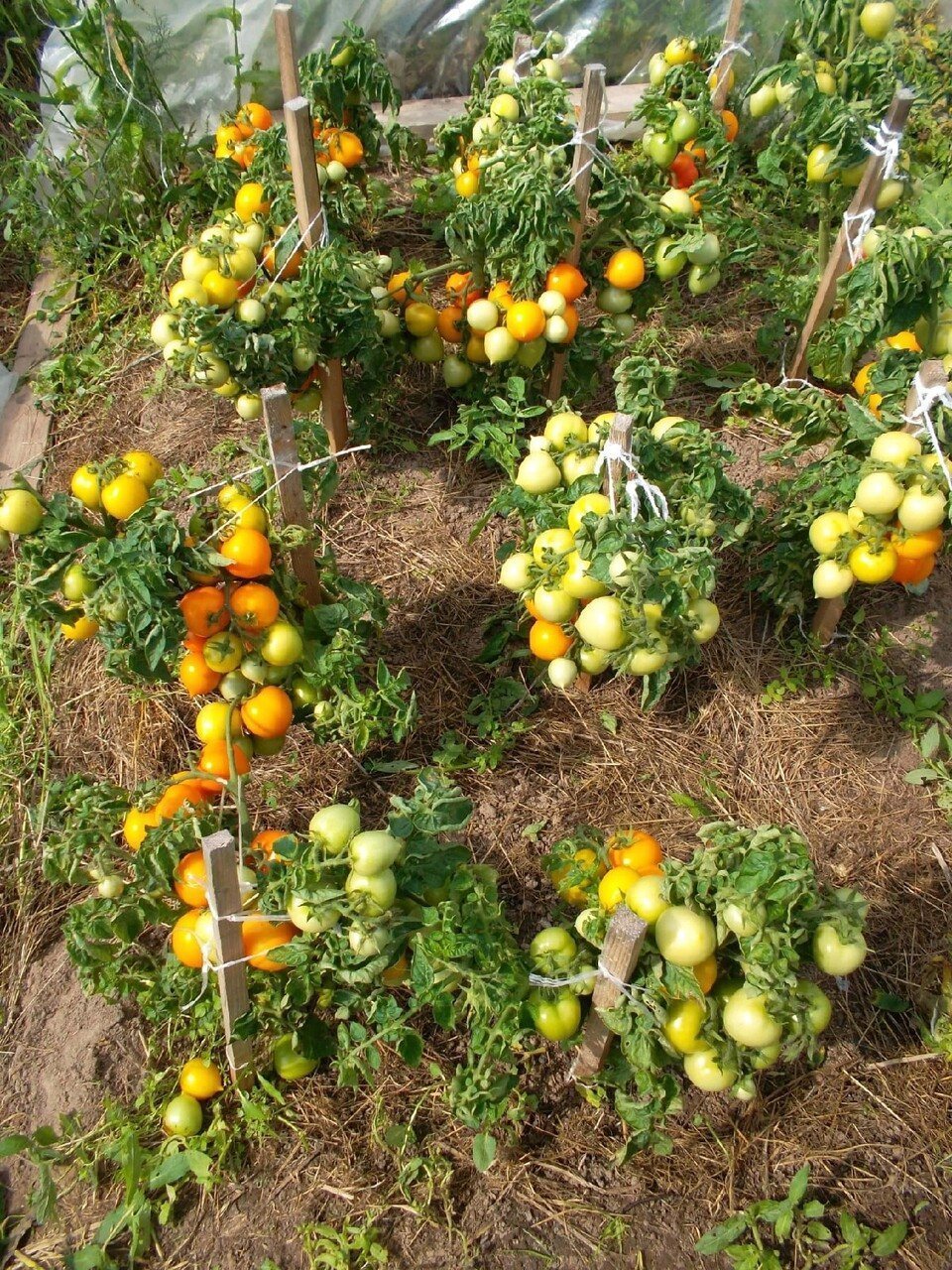
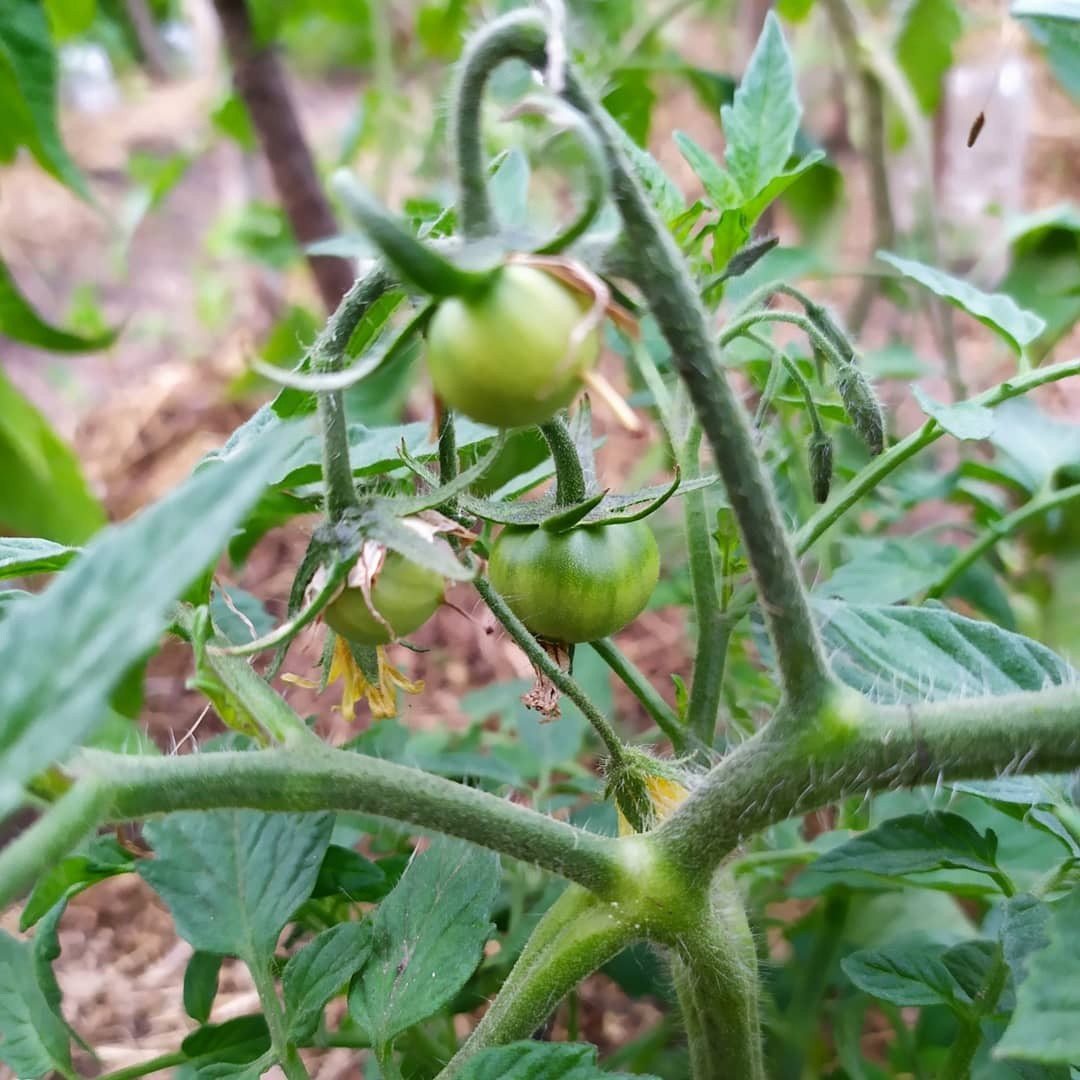

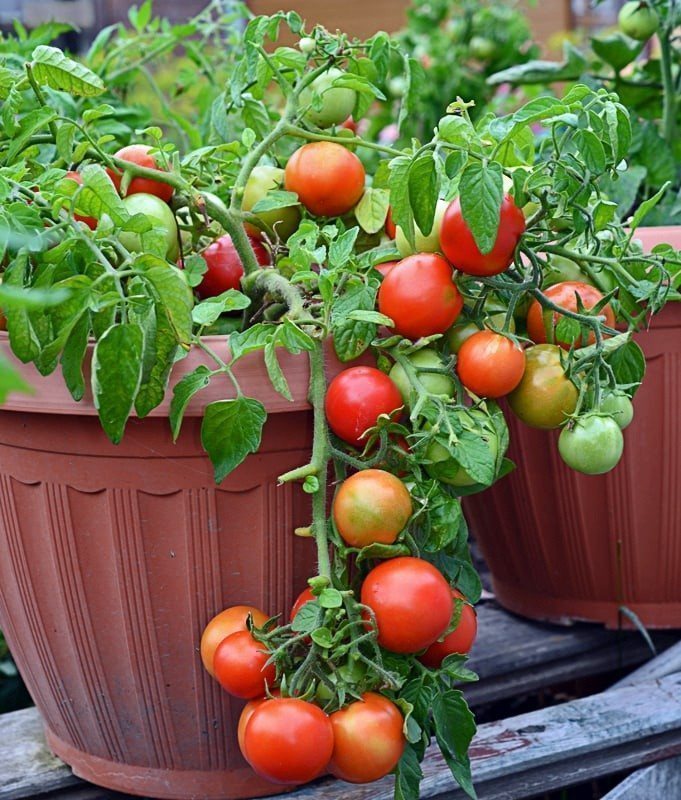
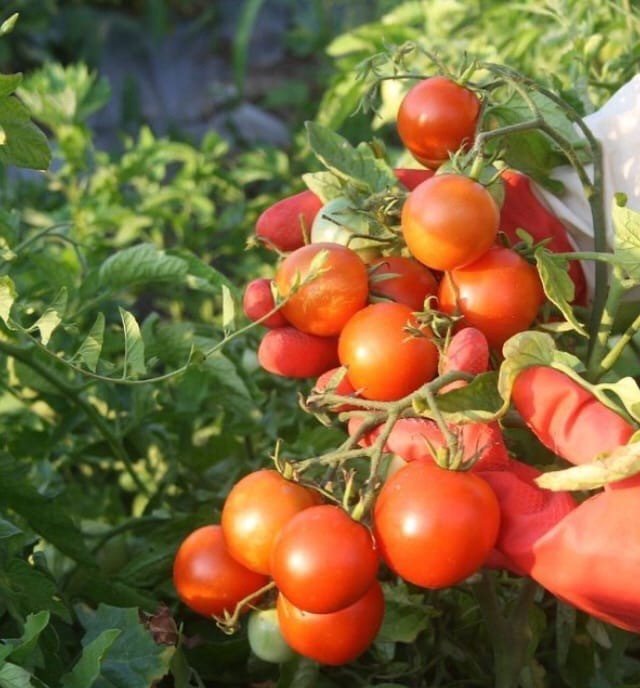
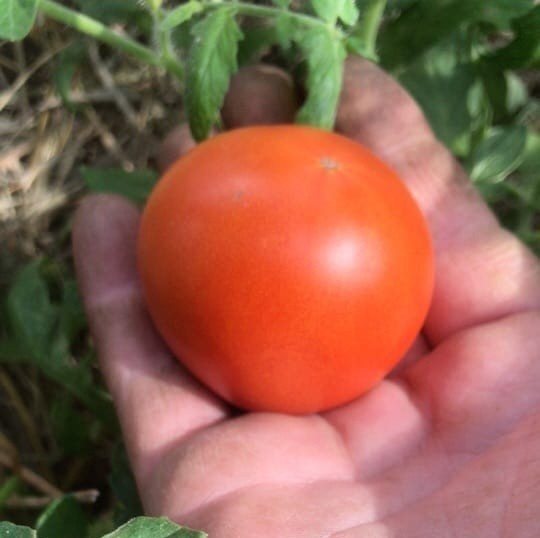
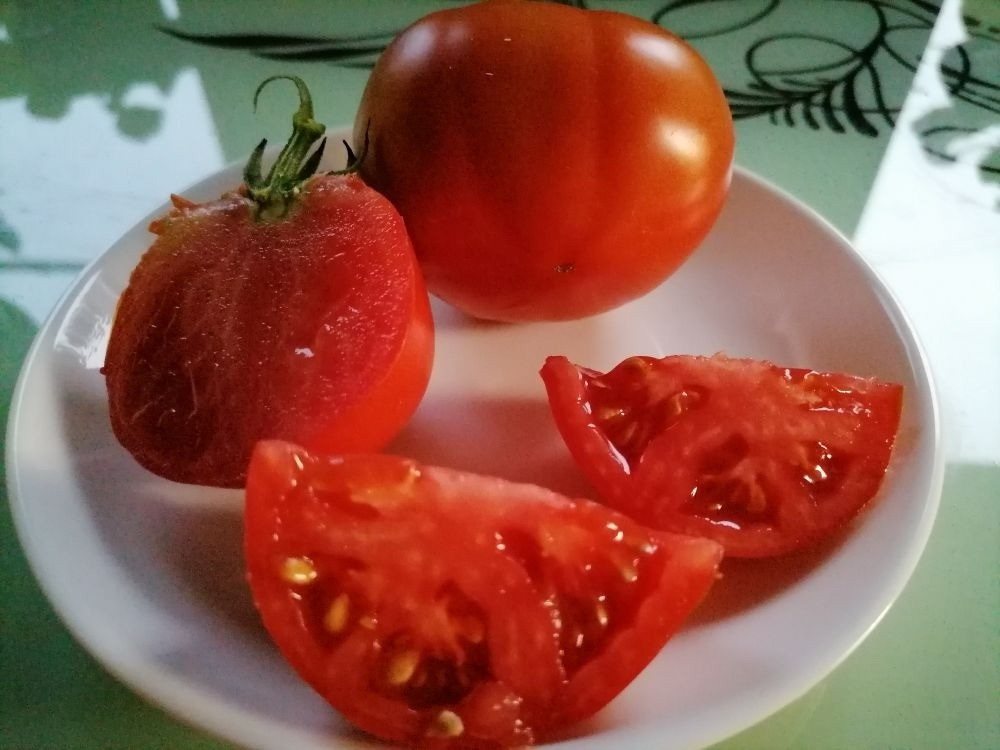
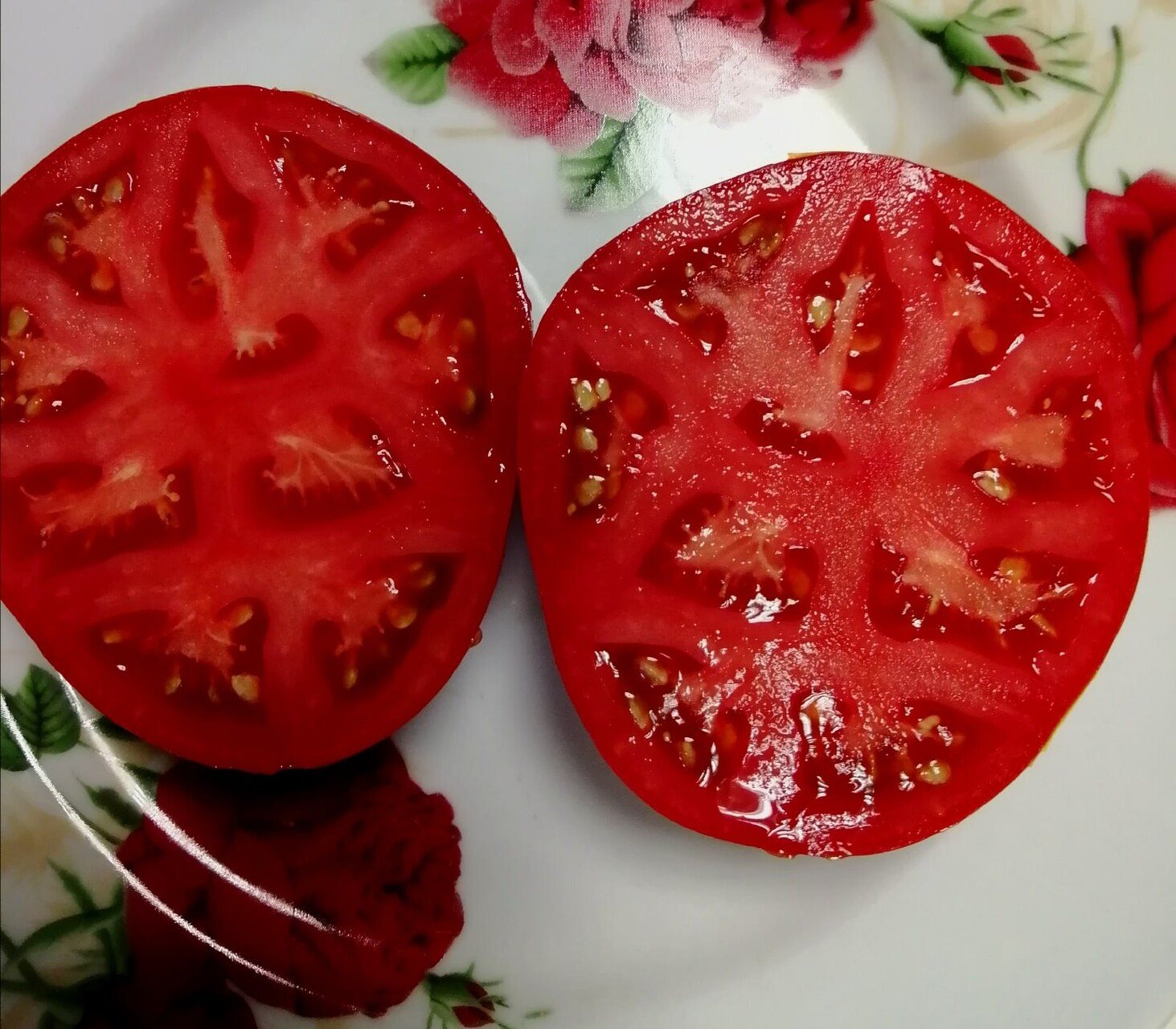
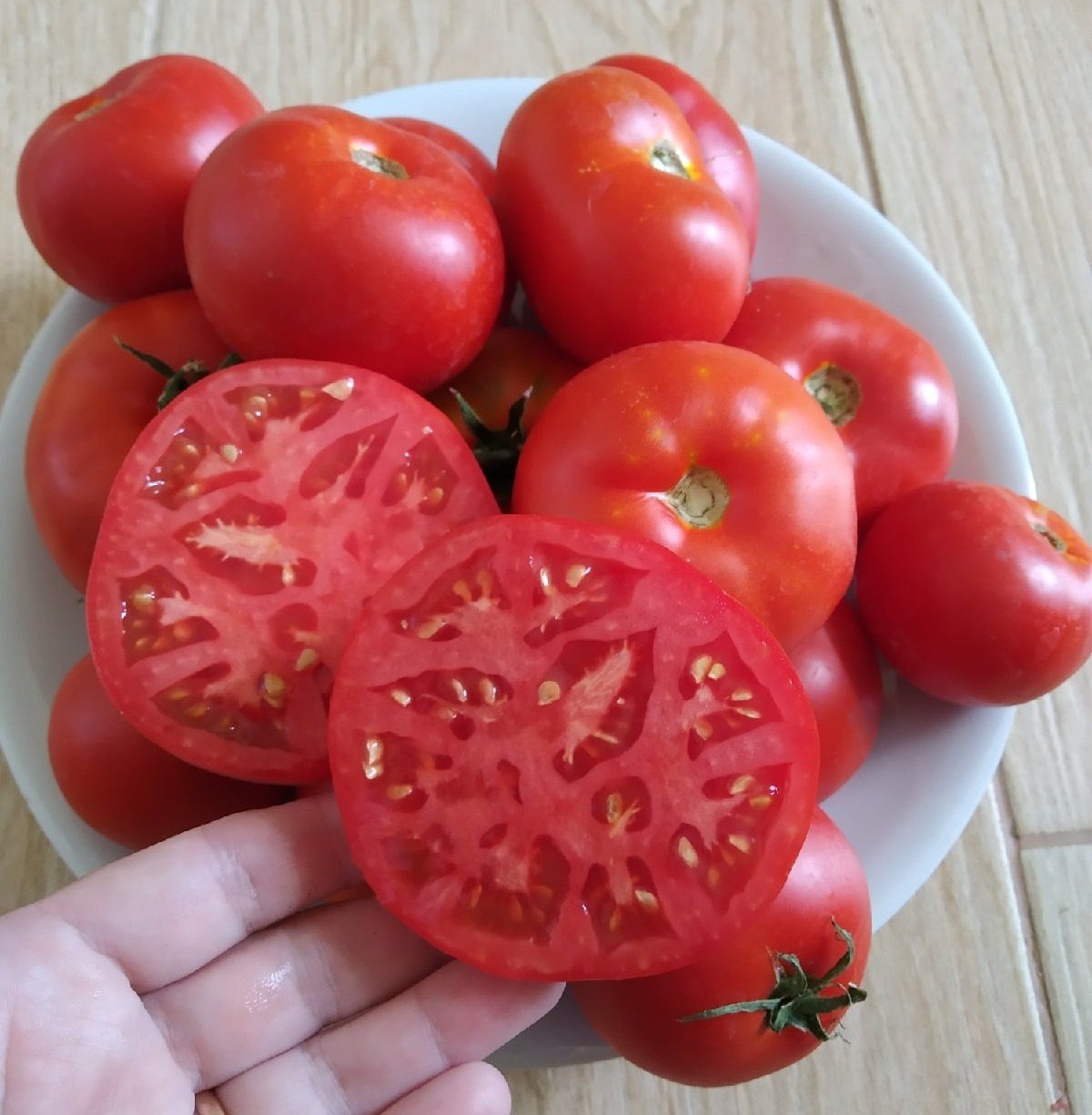











Productivity
The variety's productivity indicators are high. Up to 10 kg is removed from a bush, from 1 sq. m – 16.3–17 kg of ripe fruits. Tomato harvesting begins in early summer and continues until mid-autumn. More intense fruiting occurs in August. So the fruiting period is long. But the shelf life of tomatoes is short. After collection, it is recommended to send the fruits for preservation or immediately use them for food.
Resistance to pests and diseases
It should be noted that the “Mongolian Dwarf” has persistent immunity to nightshade diseases. But in rainy summers, late blight is possible. For treatment and preventive spraying against fungal diseases, “Fitosporin” or “Bordeaux mixture” is used.
When cultivating the variety, you will have to take care of protection from slugs, aphids, and spider mites, which most often attack this variety of tomatoes. For the prevention and control of pests, you will need insecticides “Aktara”, “Mega”, “Biotlin”, and for severe damage “Karbofos”. Or folk remedies: solutions of laundry soap or garlic, tobacco tincture.
Methods of application
“Mongolian Dwarf” tomatoes are picked from the bushes red or light pink (blange ripeness), which depends on weather conditions and sowing time. The fruits are quite tasty and fleshy.They are enjoyed fresh, stewed, and used in salads, appetizers, sauces, and first courses. The excess is processed into paste and ketchup, and juices are made. Tomatoes keep well frozen and make a great addition to main dishes in winter.
Agricultural technology
"Mongolian dwarf" is grown using seedlings or cultivated with seeds. The first option is more suitable for regions with short and cold summers. The southern regions are suitable for the seed method.
How to plant
Whatever method is chosen, seed material will be needed. When buying variety seeds, pay attention to the packaging. If stored properly, the shelf life of the seeds is 5 years. Expired material will sprout 50% or not at all.
Before sowing, the seeds are prepared. For example, they are treated with a 1% solution of potassium permanganate or aloe juice. It is allowed to pre-germinate the seeds.
Planting methods:
- Open ground. 5-6 seeds are immersed in each hole to a depth of no more than 1 cm. And they wait for the first sprouts with a pair of true leaves. This will take 7–10 days. Then the plantings are thinned out, leaving the strongest shoots.
- Seedling method. Seed material is sown in separate pots or general containers with light nutritious soil. Maintain air temperature within 22–25°C. They grow strong seedlings. They are tempered. And later it is transferred to an open area.
- Greenhouse. Seeds are sown immediately in greenhouse soil. But before the procedure, a layer of manure is made inside the bed. A layer of soil 0.3 m thick is laid on top of it. Heat from rotting manure is a necessary condition for the good development of seedlings.
Growing the Mongolian Dwarf tomato is no different from the agricultural technology for cultivating any variety of tomato.
Growing
Despite the unpretentiousness of the universal variety, the “Mongolian Dwarf” requires basic care.
What is the growing procedure:
- root and foliar feeding, including organic matter and mineral fertilizers;
- rare watering (at least once every 7 days);
- mulching;
- weed removal;
- protection from pests and diseases.
In cold summers, preferably in August, it is recommended to completely cut off the leaves on the bushes and leave the shoots bare. This technique will lead to full ripening of fruits in abnormal weather conditions.
Harvesting
Tomatoes are harvested between May and October, before the first frost. The main harvest falls in August. Although the fruits do not spoil when lying on the ground, it is advisable to immediately remove the ripe ones. This will allow new tomatoes to develop faster and prevent the development of diseases and pests.
Advantages and disadvantages
Gardeners who once had the chance to grow the “Mongolian dwarf” tomato fell in love with it, seeing many positive characteristics and very few negative ones.
Advantages:
- unpretentiousness;
- high yield of tomatoes per bush;
- early ripening, large vegetables;
- long fruiting;
- persistent resistance to certain diseases and pests;
- universal application;
- long shelf life;
- low bushes that can withstand strong winds and bad weather.
The variety is determinant. Needs light care. Does not require pinching or tying. During frosts, the crop is well preserved by covering the bushes.
Flaws:
- does not tolerate acidic and heavy soils;
- does not grow well in hot and humid climates;
- rotting of fruits located on the ground is possible;
- difficulties in acquiring seed material.
Disadvantages include too thick foliage, due to which the fruits are almost invisible. As well as fragile stems and impractical plantings. After all, one dwarf bush takes up to 1 square. meters, while this space is enough to grow 3 bushes growing upward.
Reviews
Gardeners respond mostly positively to the cultivation of the Mongol Dwarf variety. Here are some opinions on growing.
“Mongol Dwarf” is a tomato variety with ambiguous characteristics. Gardeners who cultivate it on their plots respond differently. This is most likely due to the limited availability of seeds of the variety.But, without any doubt, the tomato is unpretentious, the fruits ripen early. And yet, final conclusions are made after planting and growing “Mongolian Dwarf” tomatoes on your personal plot.



